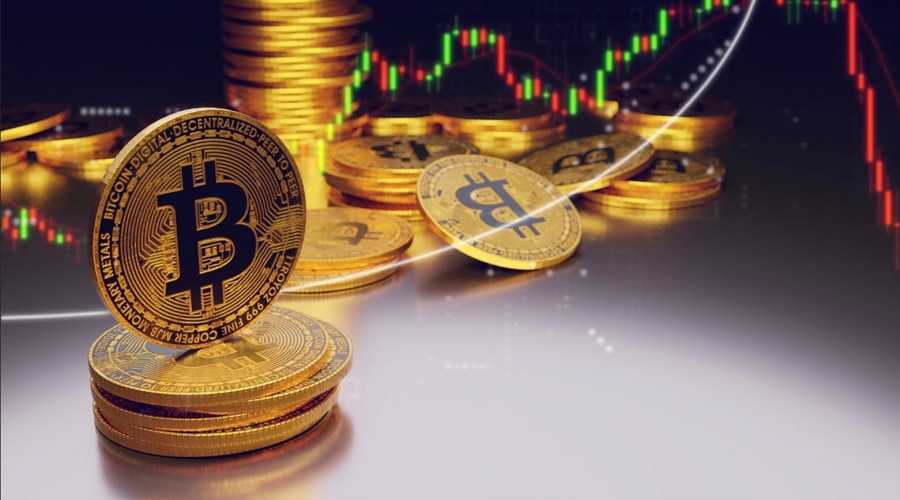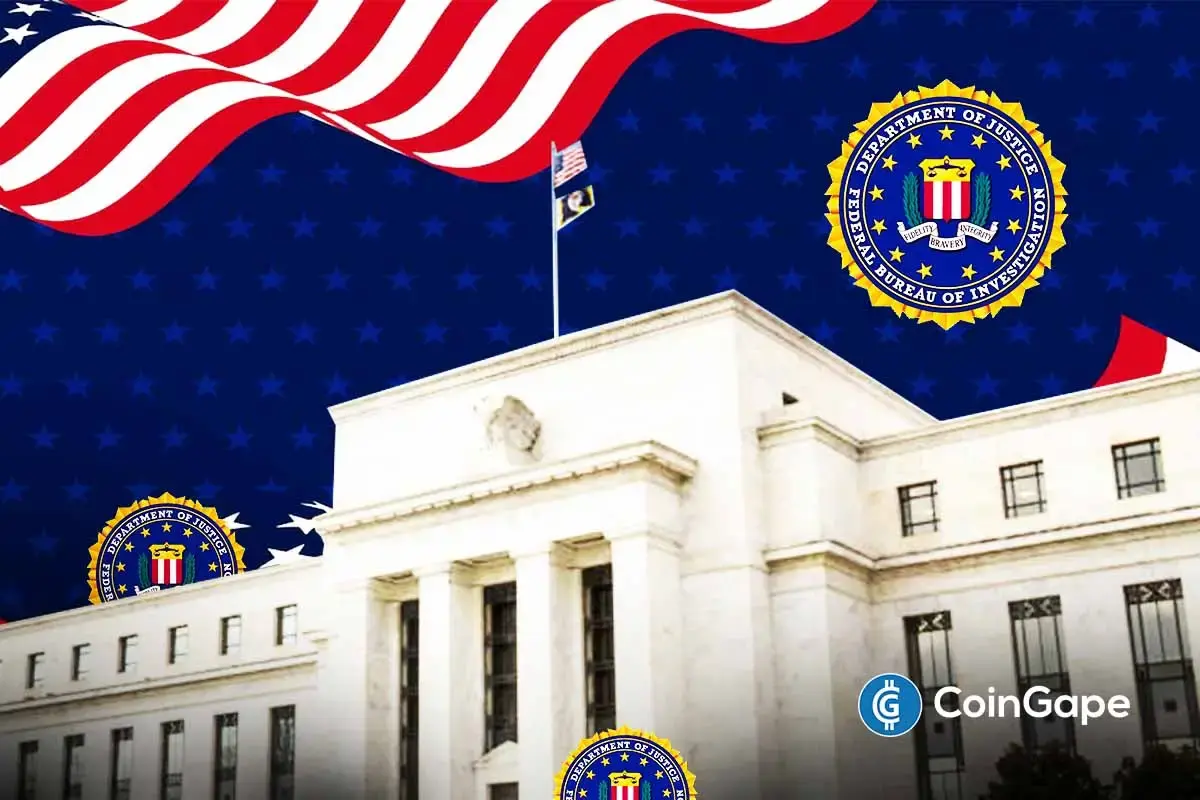In mid-2022, the crypto markets faced a brutal
reckoning. Over $2 trillion in market capitalization evaporated in a matter of
months. The collapse of Terra, followed by cascading failures like Celsius,
Voyager, and Three Arrows Capital, exposed a fragile foundation beneath much of
the so-called decentralized finance ecosystem.
It wasn’t just a liquidity crunch. It was a structural
wake-up call. The industry had become too reliant on self-referential assets
and circular yield—algorithms promising stability without substance, and
protocols stacking risk without grounding in real economic value.
This moment marked a turning point not just for us,
but for the industry as a whole. It became clear that the next wave of
financial infrastructure couldn’t be built on synthetic abstractions or hype
cycles.
DeFi needed a stronger foundation if it was ever going to fulfill its
promise of open access, programmable assets, and global financial inclusion.
The Case for Real-World Value
Here’s a sobering fact: the entire crypto market,
excluding Bitcoin , is worth less than $1.6 trillion. That includes every token,
stablecoin, meme coin, and Layer 1 protocol combined.
To put that in
perspective, it’s less than the market cap of Apple or Microsoft alone. For all
the cultural and technical breakthroughs crypto has delivered, we’re still, in
economic terms, barely a blip on the radar of global capital markets.
Now compare that to the value of real-world financial
assets. Equities, bonds, real estate, and sovereign treasuries collectively
account for more than $600 trillion. That’s where the capital lives.
That’s the
pool we need to plug into if DeFi is going to evolve beyond a walled garden of
speculation and into a true financial backbone. Unlocking RWA turns traditionally illiquid assets into liquid, tradable value in DeFi, opening new
lending markets and increasing TVL potential.
To be fair, this isn’t a new insight. The industry has
made meaningful strides toward bringing real-world value on-chain. We’ve seen
platforms like Robinhood and Kraken taking the first steps toward bridging
retail investors with tokenized equity exposure.
BREAKING: Wall Street is officially onchain.xStocks are now live on Kraken ❎
60 U.S. equities tokenized and tradable 24/5. More coming soon.
We’re not waiting for the future. We’re building it.👇https://t.co/iKu44ZiwZN
Not available in the U.S. or to U.S. persons. Geo… pic.twitter.com/FjOsxDJ9se
— Kraken (@krakenfx) June 30, 2025
Tokenized Stocks on Decentralized Apps
Solana and other ecosystems have been actively experimenting
with tokenized stocks on decentralized apps. Even traditional institutions are
starting to dip their toes in the water. Circle’s IPO was a watershed moment,
and stablecoins now represent one of the few crypto-native tools that
traditional finance actually uses.
One of the most important building blocks in this
effort has been Chainlink’s Proof of Reserve (PoR) framework, bringing
transparency and auditability to tokenized assets.
#Chainlink Proof of Reserve isn’t just for #DeFi.
Any digital asset exchange can use Chainlink PoR to verify off-chain and on-chain collateral, helping bring enhanced transparency to the wider #crypto ecosystem. pic.twitter.com/LhirB0dhNp
— Chainlink (@chainlink) November 7, 2022
Without verifiable,
real-time data to confirm that assets are truly collateralized, tokenization of
RWA and their decentralization via secondary market DeFi applications simply
cannot scale in a safe manner, as it exposes the ecosystem to
undercollateralization risk.
Chainlink has made it possible to imagine a world
where asset-referenced tokens can actually be trusted across chains, protocols,
and platforms.
And yet, even with all this momentum, we’ve barely
scratched the surface.
Regulation Is Evolving, and So Are Tokens
Historically, most tokenized asset ecosystems have
been weighed down by legacy architecture and regulatory hurdles that prevent
true compatibility with the core premise of decentralized finance. Security
Token Offerings (STOs) carry inherent securities regulatory restrictions.
Even
when offered through decentralized applications, they remain under the issuer’s
control and are not fully permissionless. Other offerings have relied mainly on
synthetic exposure to RWA value by tokenizing price feeds, which may face
regulatory uncertainty and are often incompatible with permissionless dApps. That is finally starting to change.
Catch the recording of DeFi Technologies President & @ValourFunds CGO @Forson at @MaximGrp’s 2025 Virtual Tech Conference.
He breaks down our business, our growth strategy, and how we’re bridging TradFi and DeFi. $DEFT $DEFI.NE pic.twitter.com/dHy4TrVE5w
— DeFi Technologies (@DeFiTechGlobal) June 17, 2025
On the regulatory front, frameworks are catching up to
innovation. In Europe, MiCA (Markets in Crypto-Assets Regulation) is providing a clear classification for different types of crypto assets, including
asset-referenced tokens (ARTs), which are required to be fully backed and
transparently managed under strict reserve rules.
More on DeFi: DeFi Yield Is Broken — Why RWAs Could be the Bridge to Generating Real Yield in Crypto
This legal clarity is helping
institutions begin to engage with tokenized finance in a compliant way. Other jurisdictions are moving quickly, too. Dubai’s
Virtual Asset Regulatory Authority (VARA) has proposed an ARVA token standard
aimed at creating a regulated pathway for asset-referenced tokens to thrive.
Stablecoin Legislation
In
the United States, the Genius Act is pushing stablecoin legislation forward,
bringing regulatory momentum to the backbone of crypto’s current financial
stack.
( @realDonaldTrump – Truth Social Post )( Donald J. Trump – Jul 15, 2025, 11:29 AM ET )
HAPPY CRYPTO WEEK! The House will soon VOTE on a tremendous Bill to Make America the UNDISPUTED, NUMBER ONE LEADER in Digital Assets – Nobody does it better! The GENIUS Act is going to put… pic.twitter.com/57KwxSAdE4
— Donald J. Trump 🇺🇸 TRUTH POSTS (@TruthTrumpPosts) July 15, 2025
At the same time, the market is signaling strong
demand. Tokenized equities launched on Solana and Robinhood have generated
substantial attention, and exchanges across both crypto and traditional finance
are now racing to support real-world asset trading. y
This wave of activity
reflects a broader shift: from synthetic exposure to substantiated value. Asset-referenced Tokens emerging as a new class of
tokens that fuses verifiable real-world collateral with the composability and
decentralization of crypto. These are not synthetic mirrors.
They are
foundational primitives engineered to work within DeFi, fully backed by real
assets, attested in real-time, and deployable across all protocols and
ecosystems.
If DeFi is going to absorb even one percent of the
traditional financial system, this is the path forward. Tokens that are
trusted, composable, and grounded in economic reality.
In mid-2022, the crypto markets faced a brutal
reckoning. Over $2 trillion in market capitalization evaporated in a matter of
months. The collapse of Terra, followed by cascading failures like Celsius,
Voyager, and Three Arrows Capital, exposed a fragile foundation beneath much of
the so-called decentralized finance ecosystem.
It wasn’t just a liquidity crunch. It was a structural
wake-up call. The industry had become too reliant on self-referential assets
and circular yield—algorithms promising stability without substance, and
protocols stacking risk without grounding in real economic value.
This moment marked a turning point not just for us,
but for the industry as a whole. It became clear that the next wave of
financial infrastructure couldn’t be built on synthetic abstractions or hype
cycles.
DeFi needed a stronger foundation if it was ever going to fulfill its
promise of open access, programmable assets, and global financial inclusion.
The Case for Real-World Value
Here’s a sobering fact: the entire crypto market,
excluding Bitcoin , is worth less than $1.6 trillion. That includes every token,
stablecoin, meme coin, and Layer 1 protocol combined.
To put that in
perspective, it’s less than the market cap of Apple or Microsoft alone. For all
the cultural and technical breakthroughs crypto has delivered, we’re still, in
economic terms, barely a blip on the radar of global capital markets.
Now compare that to the value of real-world financial
assets. Equities, bonds, real estate, and sovereign treasuries collectively
account for more than $600 trillion. That’s where the capital lives.
That’s the
pool we need to plug into if DeFi is going to evolve beyond a walled garden of
speculation and into a true financial backbone. Unlocking RWA turns traditionally illiquid assets into liquid, tradable value in DeFi, opening new
lending markets and increasing TVL potential.
To be fair, this isn’t a new insight. The industry has
made meaningful strides toward bringing real-world value on-chain. We’ve seen
platforms like Robinhood and Kraken taking the first steps toward bridging
retail investors with tokenized equity exposure.
BREAKING: Wall Street is officially onchain.xStocks are now live on Kraken ❎
60 U.S. equities tokenized and tradable 24/5. More coming soon.
We’re not waiting for the future. We’re building it.👇https://t.co/iKu44ZiwZN
Not available in the U.S. or to U.S. persons. Geo… pic.twitter.com/FjOsxDJ9se
— Kraken (@krakenfx) June 30, 2025
Tokenized Stocks on Decentralized Apps
Solana and other ecosystems have been actively experimenting
with tokenized stocks on decentralized apps. Even traditional institutions are
starting to dip their toes in the water. Circle’s IPO was a watershed moment,
and stablecoins now represent one of the few crypto-native tools that
traditional finance actually uses.
One of the most important building blocks in this
effort has been Chainlink’s Proof of Reserve (PoR) framework, bringing
transparency and auditability to tokenized assets.
#Chainlink Proof of Reserve isn’t just for #DeFi.
Any digital asset exchange can use Chainlink PoR to verify off-chain and on-chain collateral, helping bring enhanced transparency to the wider #crypto ecosystem. pic.twitter.com/LhirB0dhNp
— Chainlink (@chainlink) November 7, 2022
Without verifiable,
real-time data to confirm that assets are truly collateralized, tokenization of
RWA and their decentralization via secondary market DeFi applications simply
cannot scale in a safe manner, as it exposes the ecosystem to
undercollateralization risk.
Chainlink has made it possible to imagine a world
where asset-referenced tokens can actually be trusted across chains, protocols,
and platforms.
And yet, even with all this momentum, we’ve barely
scratched the surface.
Regulation Is Evolving, and So Are Tokens
Historically, most tokenized asset ecosystems have
been weighed down by legacy architecture and regulatory hurdles that prevent
true compatibility with the core premise of decentralized finance. Security
Token Offerings (STOs) carry inherent securities regulatory restrictions.
Even
when offered through decentralized applications, they remain under the issuer’s
control and are not fully permissionless. Other offerings have relied mainly on
synthetic exposure to RWA value by tokenizing price feeds, which may face
regulatory uncertainty and are often incompatible with permissionless dApps. That is finally starting to change.
Catch the recording of DeFi Technologies President & @ValourFunds CGO @Forson at @MaximGrp’s 2025 Virtual Tech Conference.
He breaks down our business, our growth strategy, and how we’re bridging TradFi and DeFi. $DEFT $DEFI.NE pic.twitter.com/dHy4TrVE5w
— DeFi Technologies (@DeFiTechGlobal) June 17, 2025
On the regulatory front, frameworks are catching up to
innovation. In Europe, MiCA (Markets in Crypto-Assets Regulation) is providing a clear classification for different types of crypto assets, including
asset-referenced tokens (ARTs), which are required to be fully backed and
transparently managed under strict reserve rules.
More on DeFi: DeFi Yield Is Broken — Why RWAs Could be the Bridge to Generating Real Yield in Crypto
This legal clarity is helping
institutions begin to engage with tokenized finance in a compliant way. Other jurisdictions are moving quickly, too. Dubai’s
Virtual Asset Regulatory Authority (VARA) has proposed an ARVA token standard
aimed at creating a regulated pathway for asset-referenced tokens to thrive.
Stablecoin Legislation
In
the United States, the Genius Act is pushing stablecoin legislation forward,
bringing regulatory momentum to the backbone of crypto’s current financial
stack.
( @realDonaldTrump – Truth Social Post )( Donald J. Trump – Jul 15, 2025, 11:29 AM ET )
HAPPY CRYPTO WEEK! The House will soon VOTE on a tremendous Bill to Make America the UNDISPUTED, NUMBER ONE LEADER in Digital Assets – Nobody does it better! The GENIUS Act is going to put… pic.twitter.com/57KwxSAdE4
— Donald J. Trump 🇺🇸 TRUTH POSTS (@TruthTrumpPosts) July 15, 2025
At the same time, the market is signaling strong
demand. Tokenized equities launched on Solana and Robinhood have generated
substantial attention, and exchanges across both crypto and traditional finance
are now racing to support real-world asset trading. y
This wave of activity
reflects a broader shift: from synthetic exposure to substantiated value. Asset-referenced Tokens emerging as a new class of
tokens that fuses verifiable real-world collateral with the composability and
decentralization of crypto. These are not synthetic mirrors.
They are
foundational primitives engineered to work within DeFi, fully backed by real
assets, attested in real-time, and deployable across all protocols and
ecosystems.
If DeFi is going to absorb even one percent of the
traditional financial system, this is the path forward. Tokens that are
trusted, composable, and grounded in economic reality.

























